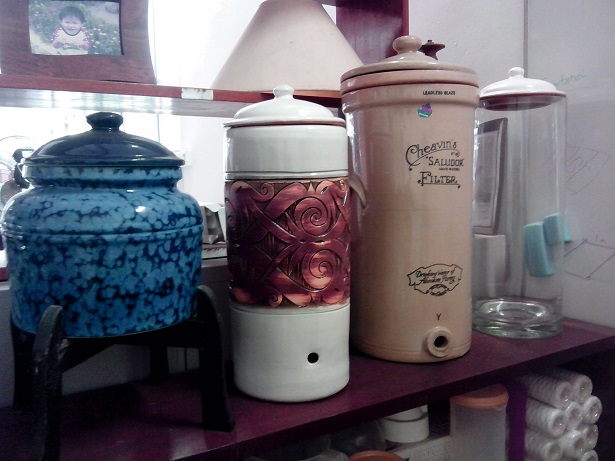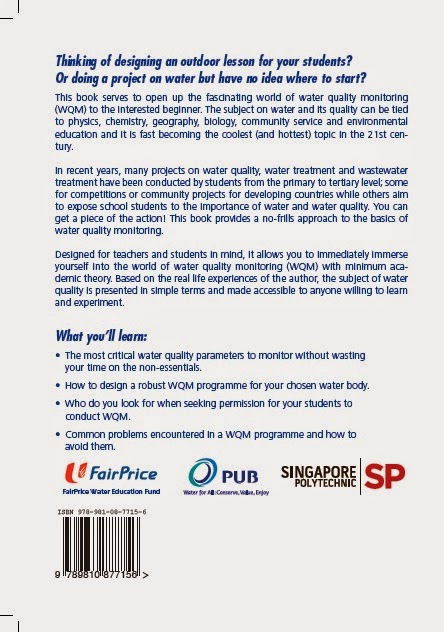Our water quality monitoring activities have finally ended for 2008. With much data to sort through, it is fortuitous that the next round of monitoring will only start in April 2009.
Within this short reprieve, the current data will be analysed as they are, as well as compared against data from previous years. This can be tedious but it is a labour of love. If feasible, data will be published through suitable media (this means more writing and thinking).
These are the areas monitored in 2008:
- Bukit Timah Nature Reserve (BTNR)
- Bukit Timah area - Binjai
- Bukit Timah area - King Albert Park
- Sungei Buloh Wetland Reserve (SBWR)
- Sungei Mandai Besar
- Nee Soon Freshwater Swamp
For 2009, besides monitoring the nature reserves - BTNR, SBWR and Nee Soon, some new and exciting initiatives are lined up. We are planning to work with Team Seagrass and Nparks to complement their seagrass monitoring with our water quality monitoring. Imagine the benefit of having a more comprehensive picture of what is happening around when we can cross-reference each other's data.
Also in the works, we will try out water quality modelling of selected streams/canals. This is immensely useful for making predictions of water quality and determining the critical loading points of the stream/canal.
Education wise, we have successfully conducted a workshop on water quality monitoring for secondary school teachers. Another run is scheduled in June 2009. Also planned are at least 2 enrichement modules on water quality for secondary schools in 2009. Besides the usual classroom lessons, the students will be exposed to field work and laboratory work.
Happy New Year to all and may 2009 be more enriching and exciting.
















